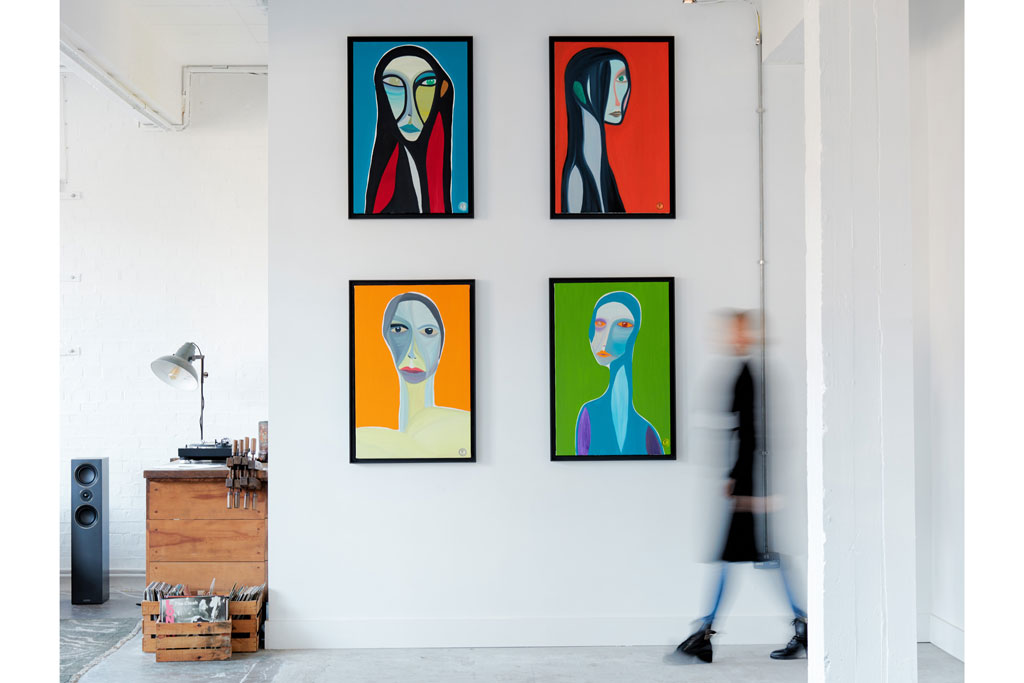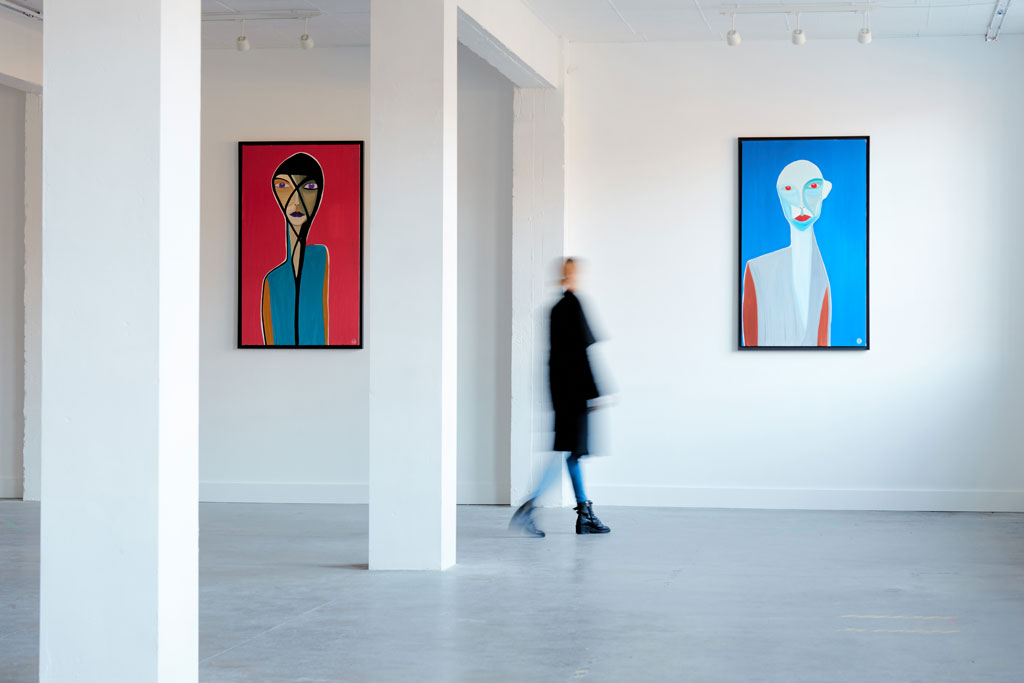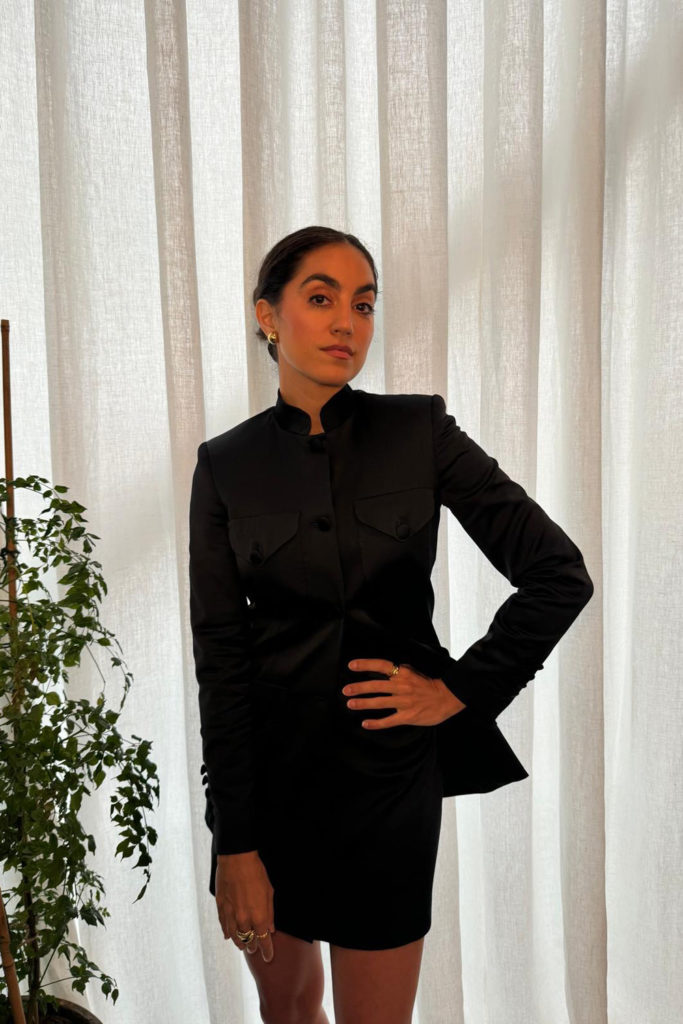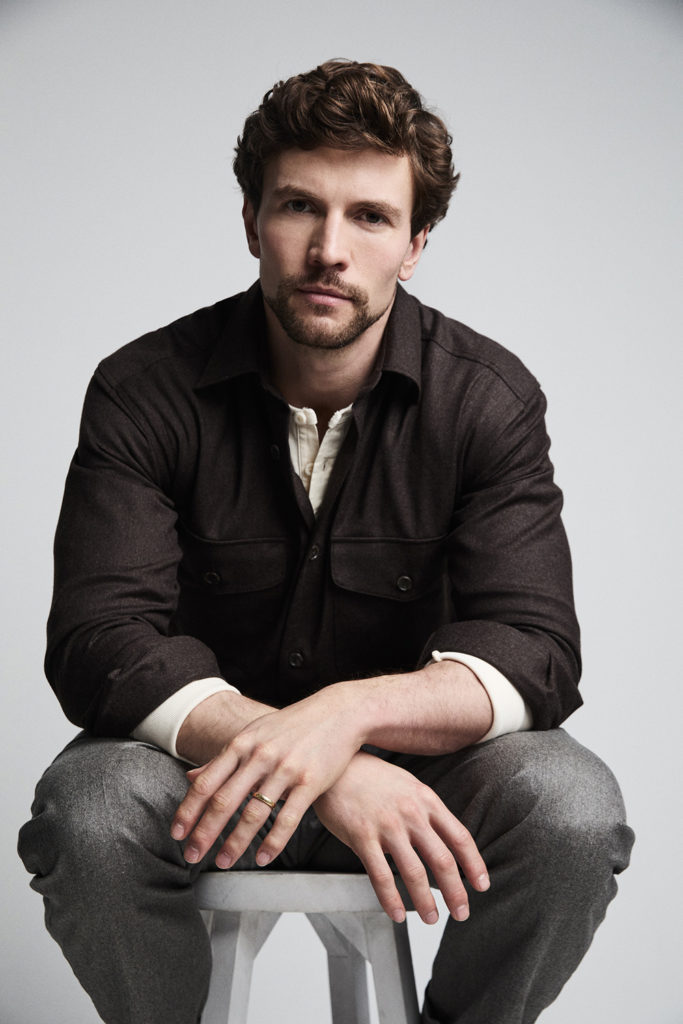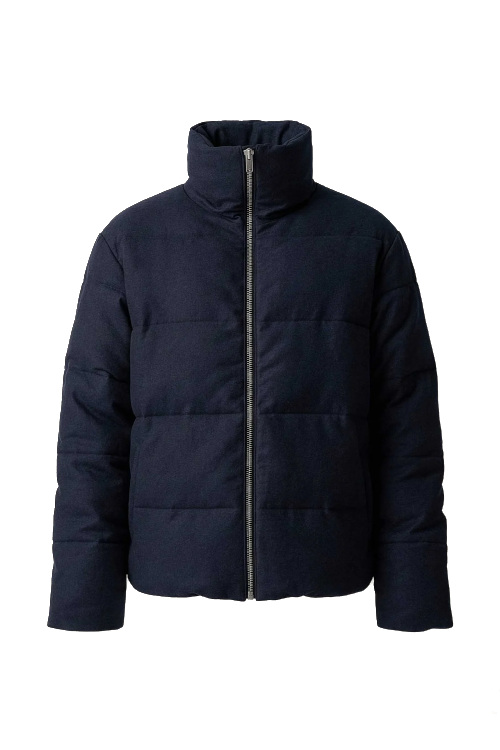TRATE: The Canadian Artist on his Upcoming Virtual Exhibition
By
6 years ago
Exhibition-goers will experience Technicolour Malaise from home
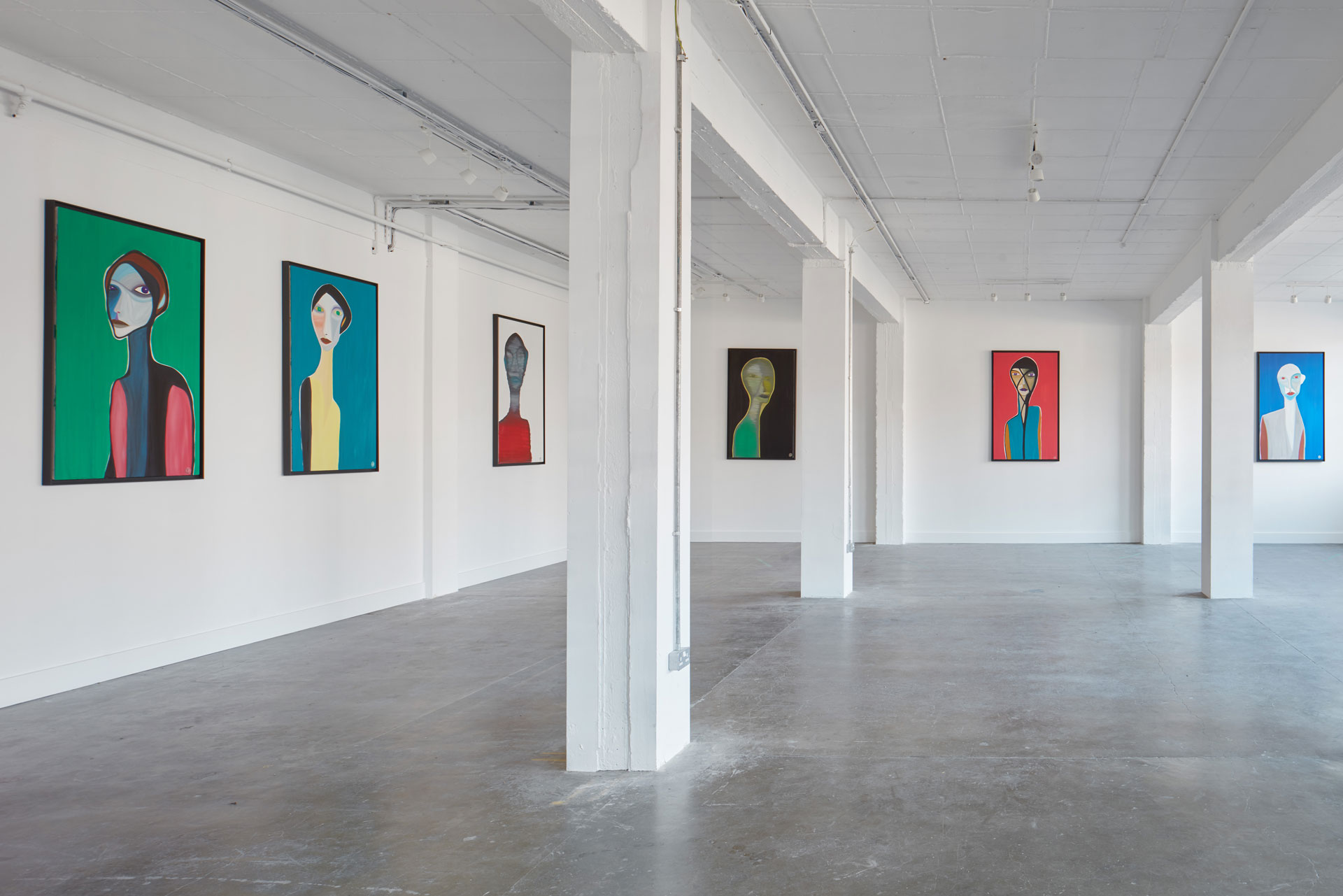
Daniella Saunders caught up with Canadian artist TRATE in light of his upcoming solo exhibition, now available via virtual tours live from his studio.
10 European Museums You can Visit From Home
When I first sat down with TRATE, the coronavirus crisis hadn’t quite reached boiling point. Sure, it was simmering at the surface, but needless to say, we were anticipating Technicolour Malaise, TRATE’s third solo exhibition, to proceed as planned. In light of the circumstances, TRATE’s intrepid and evocative figurative paintings will now be showcased via 360° images on his website alongside virtual studio tours.
Mindful of the way in which the coronavirus has brought communities together, albeit via the virtual world and social media, TRATE’s adapted exhibition is proof that art is no exception; it is also part of that interactive movement and capable of bringing joy, thought and entertainment to households and communities in times of isolation.
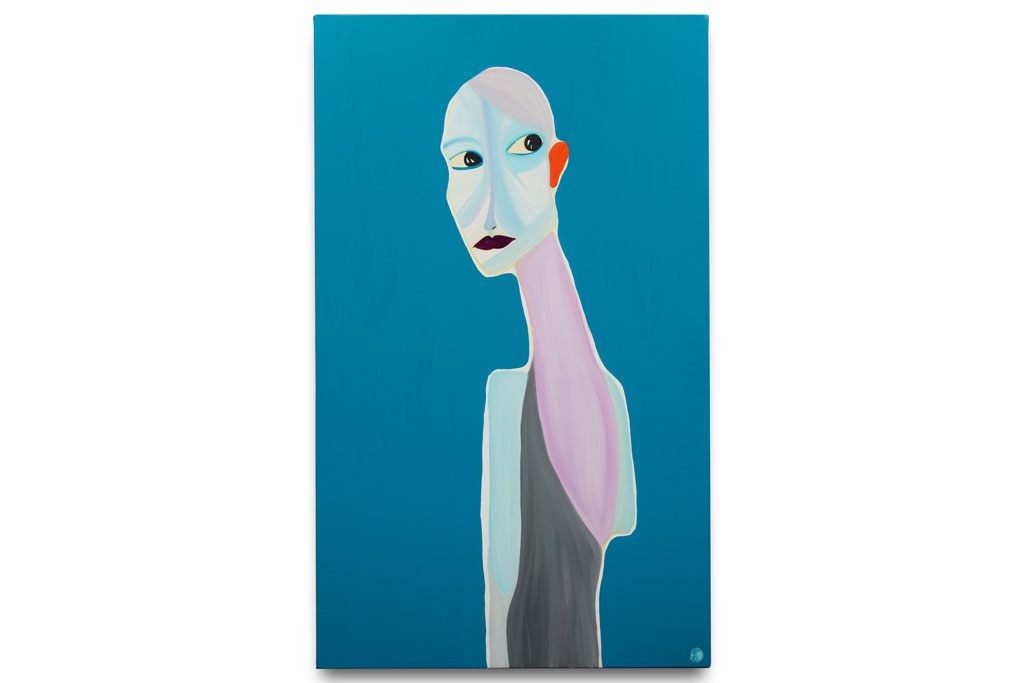
TRATE, Tender Disfiguration
Vibrant and expressive, TRATE’s large-scale abstract and contorted portraits (each the size of an average person) play with the concept of human traits, hence the alias, ‘TRATE’. Working with handmade oil paints, the collection explores the artist’s fascination with the physical form, each imprinted with an enigmatic signature adapted from an ancient Roman coin.
Here, the accomplished artist talks us through his intrinsic desire to paint, why he waited so long to share his works, and what people can expect from Technicolour Malaise.
What propelled you to become an artist?
It was really driven by an innate need. For me, painting is an act of reflection. The painting process – mixing paints and oils, playing with colours, playing with traits of people and different forms of humanity – indirectly helps me come to terms with emotions I’m going through. Since a lot of the work is sourced from my imagination or subconscious, it really helps get a lot of stuff out, which then appears on the canvas.
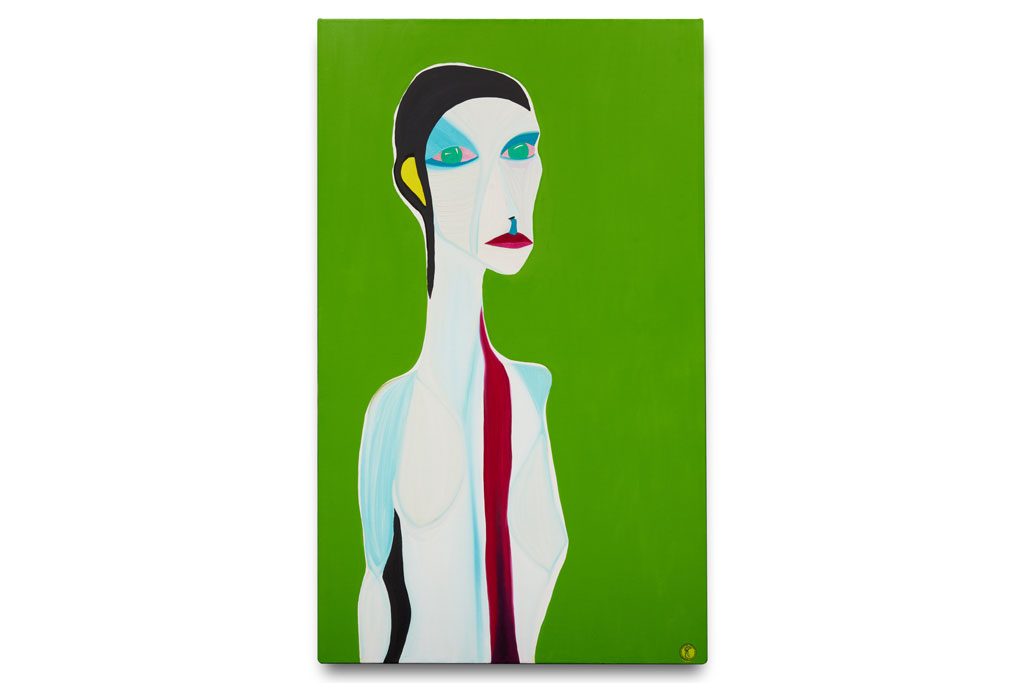
TRATE, Aesthetic Affront
You exhibited your first ever showcase in London in 2019. What made you finally decide to share your works with the public?
I’ve painted since I was a teenager and have always kept things very private. I’ve got a very intimate relationship or bond with everything I paint, at least everything I keep – there’s a lot of stuff I destroy – so it took me a long time to arrive at a point where I was ready to share more publicly. I was always sharing my art with friends and family but in very intimate circles, but the last year changed direction and has established a whole new element; now there’s a real dialogue with collectors and those that are interested.
Can you tell me about TRATE, the alias?
My art plays deals with physical traits and in many ways deforms those traits, hence the name. But I’m a very private, solitary person, so the alias alludes to that. It also has a playful side to it as well, to be able to paint under an alias.
Can you tell me about your unique signature?
There’s a parallel with the art in the sense that it’s partially sourced from my imagination but grounded in a little bit of history and reality. The signature is based on an old Roman coin featuring a Roman leader named Antonius Pius, the adoptive father of Marcus Aurelias, a great Philosopher King. So, I took that coin and reimagined it.The actual face of the Emperor has been removed as a play on the fact that I work under an alias, the Latin inscriptions speak to immortality and strength, and there’s the actual date of my birth on it as well.
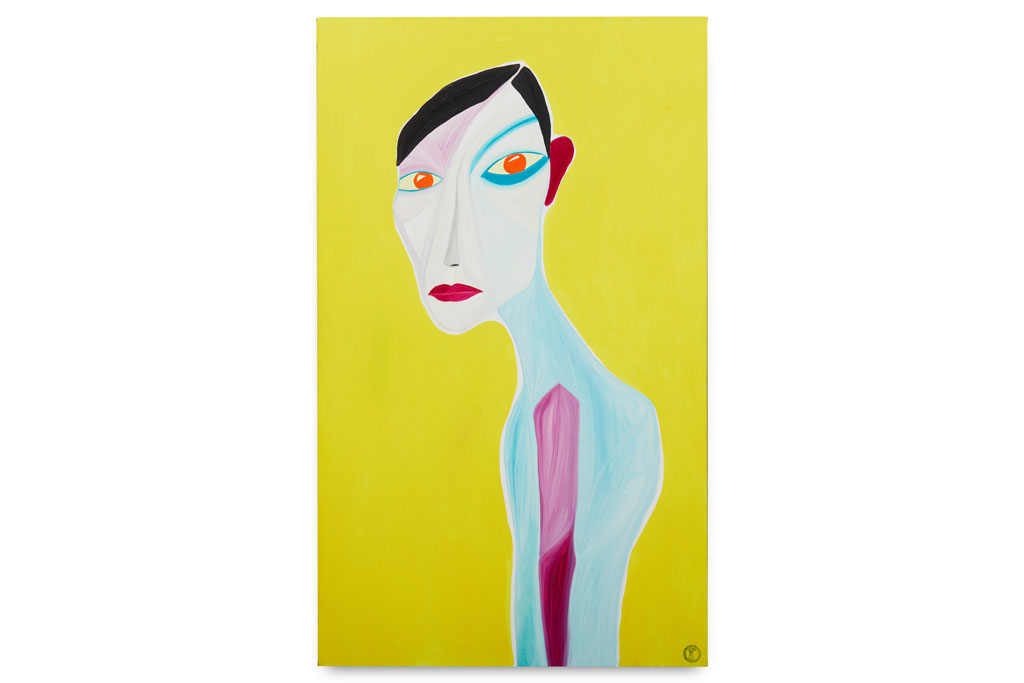
TRATE, Theseus
You paint in a unique and abstract style. How did you come to hone this?
It was fairly natural. There is a lot of continuity with what I painted initially and what I create now, even after two decades. I’m channelling a lot of raw emotions, things I’m dealing with on the canvas, but I don’t plan when I’m painting – it’s a very intuitive process. There’s obviously a lot of commonality across the works and a certain aesthetic. I love very vivid colour schemes and using a lot of different oils. I work with handmade oil paints and mix them with a lot of odd oils which creates a certain dynamic, this layering of brushstrokes, bold colours, traits of individuals reimagined and deforming humanity. Even though I don’t plan things, there is always a commonality across them.
Can you tell us about your affinity with human traits?
On one level, I’m very obsessed with physical traits of people, whether it’s lines under the eyes, darkness, different contours of the face or how people’s experiences manifest themselves physically. How people react, the actual lines and movements of their face, that’s something I internalise a lot. TRATE obviously plays off that idea of physical traits and so the name came about in a fairly natural way.
Where do you look for inspiration when you’re painting?
Ultimately everything is sourced from my imagination or subconscious. I don’t plan in advance or sketch out what I’m going to paint, I just start to paint and things evolve as I work through them. In many ways, the inspiration, even though it’s my imagination, has been sourced from people I know, people I meet, or a certain situation where I’m looking at someone and taking something in. Or if I’m going through a certain period, something emotionally difficult, that will also come out on the canvas. So it’s a real amalgam.
Has showcasing your work impacted your creativity?
No, I’ve always felt this innate need to paint. Regardless of what I’m going to do with the art, I’m going to continue to paint – I have for a very long time and that will continue. What exhibiting brings is an increased level of dialogue regarding the outcome. I’m quite a private person so being put in a situation where I’m engaging more about the art is quite an enlightening process. And since art is something I do so intuitively, it’s a very different dynamic to have a mirror put up to yourself and to the art; it’s a good challenge.
Can you tell us about Technicolour Malaise? What people can expect?
On one level, there’s zero depth of field; the works are completely bereft of any sort of point of reference. It’s all on the surface and very accessible, but at the same time, there’s a lot of depth when you see the paintings, and I think people tend to have a visceral reaction to that. It’s an opportunity for people to come and witness a set of humanity that you may not necessarily see when you’re going about your regular existence, and at the same time it’s not over burdened with superfluous messaging or references.
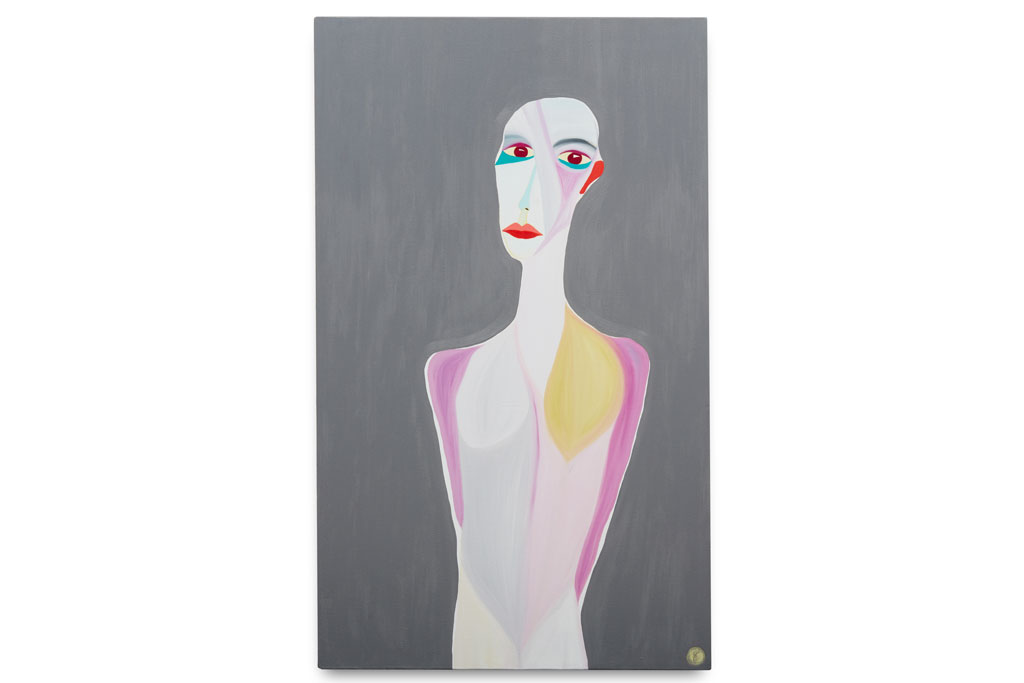
TRATE, The Other
Is there anything from previous exhibitions that you’ve poured into this one?
There’s a lot of continuity across the body of work and themes that were present before. The ultimate sources are my experiences and emotions, the things I’m going through and how those figure into my subconscious and imagination, but in some ways, there’s more of an autobiographical bent to the show. I think it’s always there with my art on some level, but definitely within this body of work.
How do you want to make people feel when they see your works, or do you prefer to leave the public to their own devices?
It’s a mix in the sense that the paintings are inherently evocative but I think it’s very rare that someone is indifferent to them. That evocative nature does bring out certain feelings in people but at the same time, opinions are definitely open to interpretation. I don’t paint a canvas with the intent of sending a specific message or I don’t claim a certain symbolism and then try and represent that, nor do I try to depict someone in a hyper realistic portrait, so they are very open. It also depends on a person’s mood when they come to the show, what they have recently been experiencing – that also conditions what you get out of the paintings. I find that with myself, my view of the works also shifts over time depending on whatever state I’m in.
TRATE’s Technicolour Malaise virtual studio tour will take place from 9 April. Book a personal tour via aliastrate.com
READ MORE: The Best Art Exhibitions in London: What’s Officially Cancelled? / Interview & Exhibition Guide with Pop Artist Russell Young

